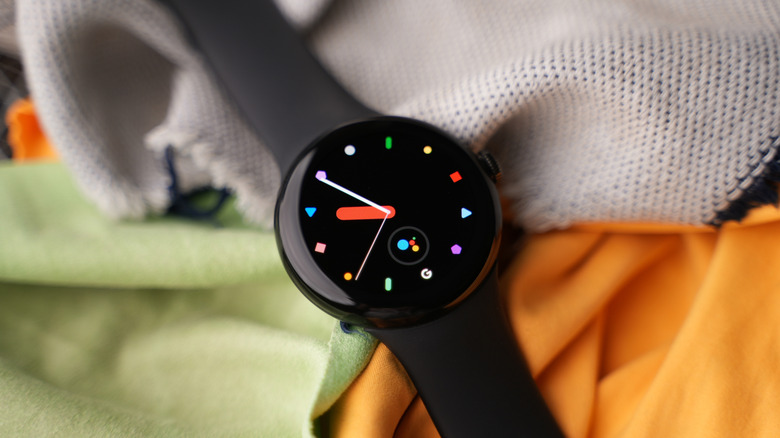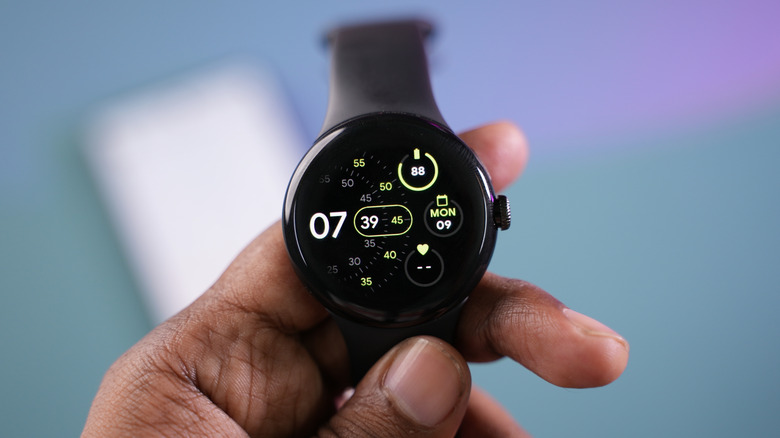Google Could Soon Launch Its Own Hypertension Feature To Keep Up With Apple Watch
A new teardown of version 4.53 of the Fitbit app has uncovered code that suggests Google will follow in Apple's footsteps with a built-in hypertension feature for the Pixel Watch. Apple isn't the first company to offer such a feature on its smartwatch, though it is one of the first to do so without requiring the usage of an additional cuff-style blood pressure monitor or inflatable watch straps to help keep the system running smoothly.
Instead of having those requirements, Apple's system takes a look at data gathered over a 30-day period and then notifies the wearer if there are any consistent signs of hypertension brewing. It's a smart idea that does away with forcing users to manually measure their own blood pressure and keep up with the results, and Apple says it was created using "advanced machine learning" and then tested on hundreds of thousands of participants. Apple's hypertension system has since gone live, allowing you to set up notifications already. But Google's might be a while in the making.
Google is following Apple's lead
Google appears to be gearing up to conduct a similar study, with Android Authority spotting code that suggests the company is working on a new feature currently called "tidal." The code mentions a study, which Pixel Watch users will be able to join to provide Fitbit Labs (which sounds a lot like Google Labs and YouTube Labs, Google's experimental programs for those two services) to gather information using the sensor on their Pixel Watch.
The code mentions a questionnaire that study participants will be asked to sign, as well as mention that some will be asked to wear a blood pressure monitor for 24 hours. All users will reportedly be rewarded with $50 for completing their task and returning the equipment. We don't have any information on what the questionnaire will include, but Android Authority did note that it looks like most users won't need to take any extra steps to take part in the study beyond just signing up and wearing their watch.
Whether this means Google follows the study with the launch of its own hypertension system more akin to what Apple offers now, or if it takes a more assisted approach like other Android smartwatches, remains to be seen. That said, it is interesting to see the company looking for ways to bring much-wanted features like this to the Pixel Watch series.

